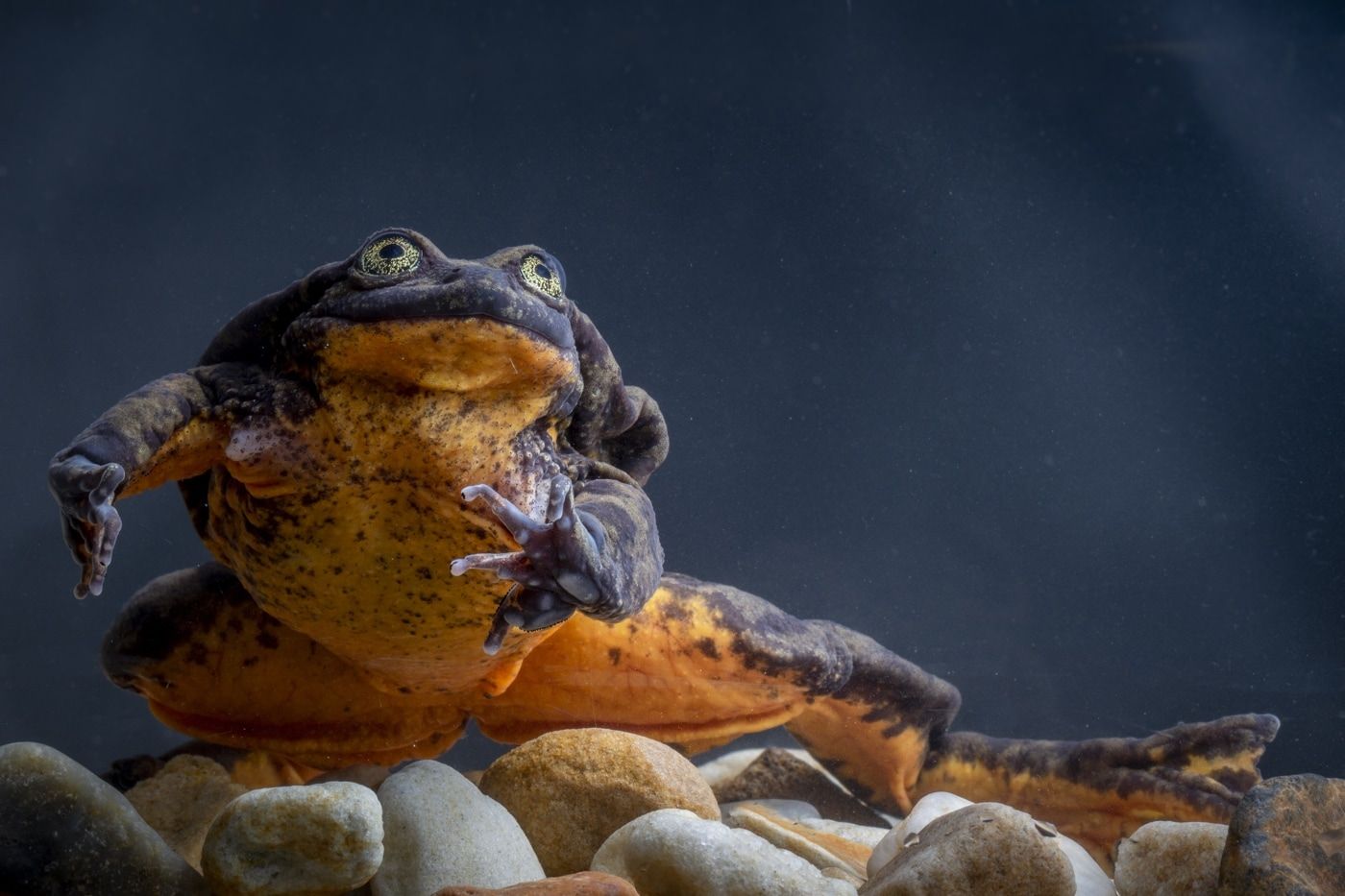Romeo, the 'World's Loneliest Frog,' Will Soon Meet His Juliet
In case you’ve never heard the story of Romeo the frog, he was once thought to be the last living specimen of the elusive Sehuencas water frog species (Telmatobius yuracare) in existence today.
Image Credit: Robin Moore, Global Wildlife Conservation
Scientists have kept Romeo captive for almost a decade, hoping that they’d find him a mate at some point. In fact, the situation seemed so dire at the time that the scientists even made him an online dating profile to increase his odds.
But after years’ worth of searching, an expedition into a remote Bolivian cloud forest appears to have paid off. Scientists say they’ve found and captured at least five living Sehuencas water frogs from the forest – three male and two female – and hope to breed them in captivity before releasing them to boost the species’ wild population count.
"We have a real chance to save the Sehuencas water frog – restoring a unique part of the diversity of life that is the foundation of Bolivia's forests, and generating important information on how to restore similar species at grave risk of extinction," explained Chris Jordan from Global Wildlife Conservation (GWC).
Related: Urbanized Tungara frogs have developed 'sexier' mating calls, but why?
Citing Teresa Camacho Badani, the chief of herpetology at the museum where Romeo is being kept, Romeo is a healthy male Sehuencas frog, but tends to be “shy and slow.” Conversely, his potential ‘Juliet’ sports just the opposite attitude – she’s outgoing and energetic.
Given the circumstances, the team isn’t entirely sure how the mating attempt will pan out. On the other hand, if the old saying ‘opposites attract’ is anything go by, then perhaps they’ll have a shot at breeding new populations of healthy Sehuencas water frogs from their efforts.
In the meantime, the newfound specimens are being cared for at the same museum where Romeo is being kept. There, they should be safe from predation and will soon be treated to make them more resistant to amphibian-centric diseases such as chytridiomycosis.
Related: Researchers have learned why poison dart frogs are immune to their own toxins
Amphibians across the board are seeing population declines throughout the cloud forests of Bolivia, and this can be attributed to a variety of factors, including climate change and habitat destruction to name a few. Many of those species are recognized as endangered by the International Union for Conservation of Nature (IUCN). The Sehuencas water frog, on the other hand, exhibits perhaps the direst situation of them all, and so it’s great to see someone stepping up to the plate to help.
It should be interesting to see if mating attempts are successful between Romeo and Juliet; after all, it could be their last chance to pass the torch on to a new generation of Sehuencas water frogs before it’s too late.









